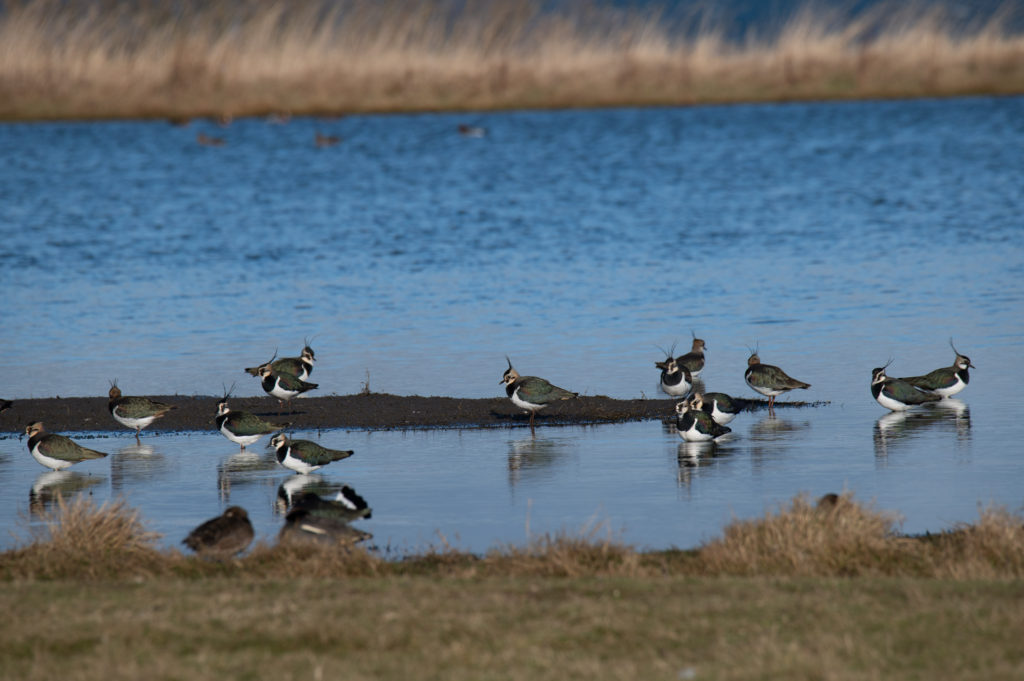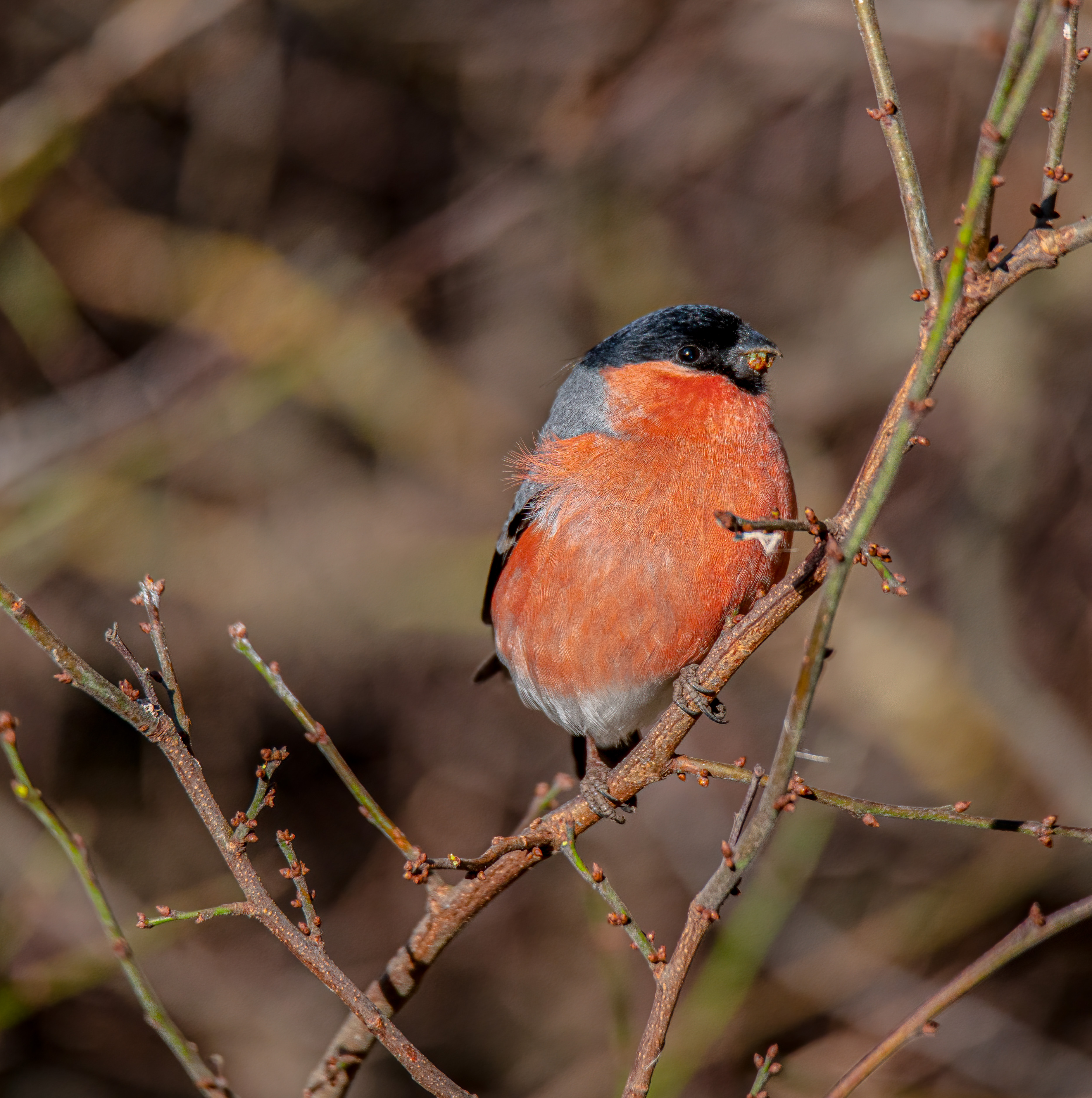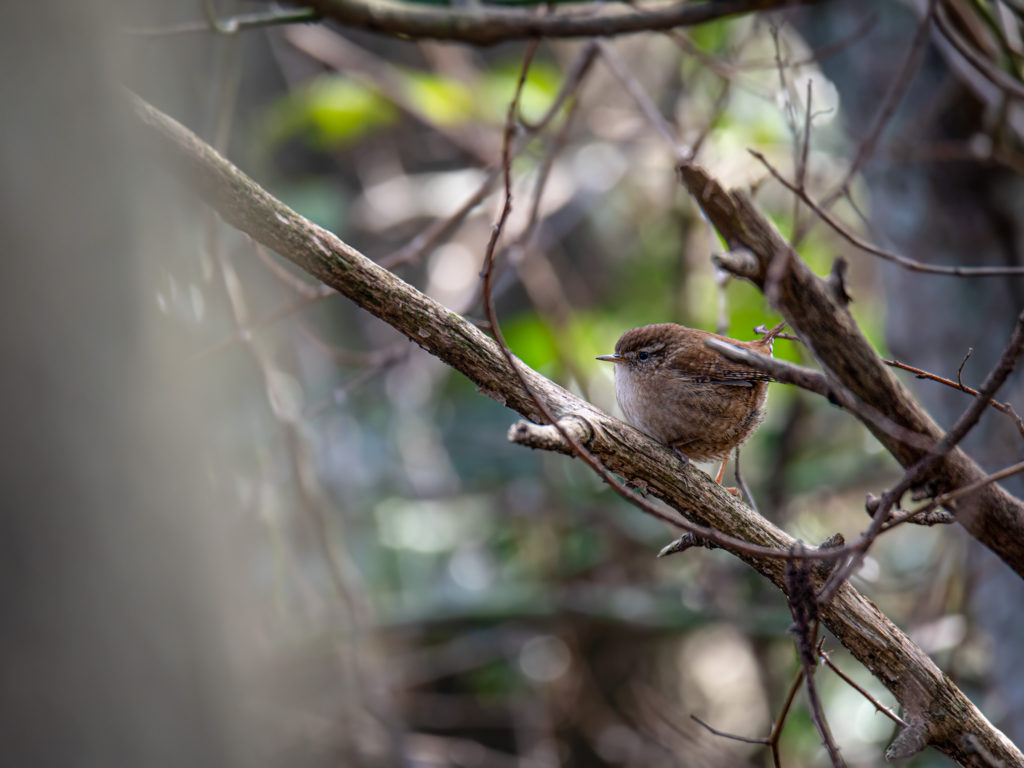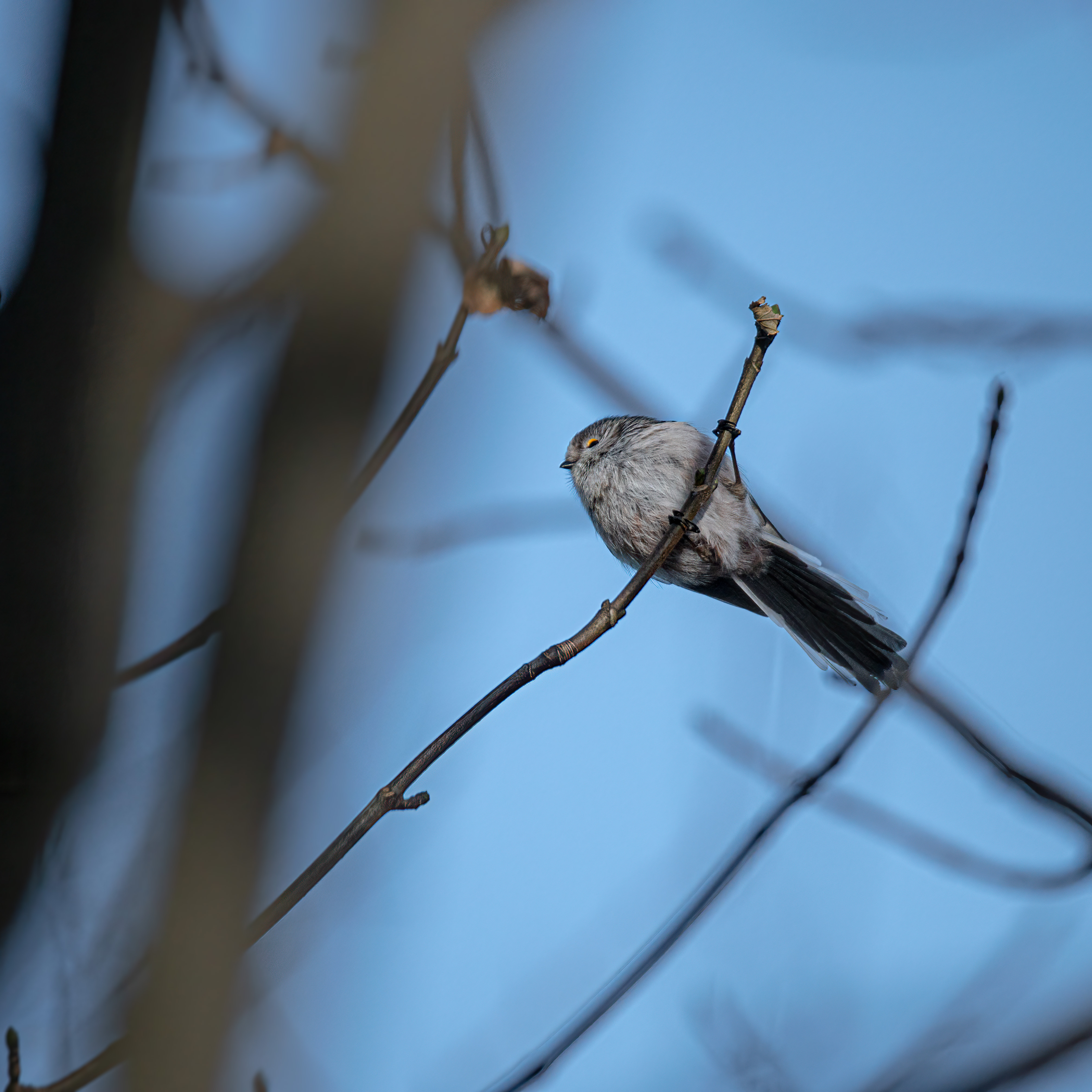I just chose the title because it rhymed. That being said, MH does play in strongly with the 2D Ising Model, which has been coded up here for if you want to run it yourself. The code allows for arbitrary square lattices, and has various features to allow for production for neat animations as seen here and here. There’s a few optimizations for running in parallel, and it’ll produce various graphs. Anyhow, I just thought it pretty cool! I also learned to use Numba to make the code faster.
As a personal side-project, I modified the code to also run the XY Model- It does work as intended (thankfully) so I’ll call that a win-win. The code has first-order divergence colourmaps for the plots, alongside phase colourmaps, and also quiver plots. I also coded up the Wolff Algorithm (cluster MCMC) for both the Glauber 2D Ising and XY Models. See videos below.
Anyhow, on to the lapwings! I’ve gotten my 150-600 Tamron G2 back, after a long year of waiting for a repair part to be available and dealing with the folk who sold it to me (gray-market- I got my repair paid for by them, don’t worry.)


I have to admit, I cheated a bit with editing this one. I used something called Topaz Gigapixel AI. I’m starting to pull this software into my editing pipeline due to how well it helps milk out detail from crops of images. Consider the original uncropped version of this image below…

Now, if I were to crop that Lapwing without using Gigapixel AI, the image would not be usable. Gigapixel AI simultaneously removed the noise in the image, sharpened the image, and scaled up the pixels from a paltry 1000^2 to a usable 2000^2 (and it can go much higher, though I wouldn’t recommend more than doubling.) Previously unusable crops are perfectly viable with this tool, and I wholeheartedly welcome that.
Anyhow, on to a few other images! This concludes the post, so if you read it, thanks! If you just came for the code, hopefully it proved useful.


